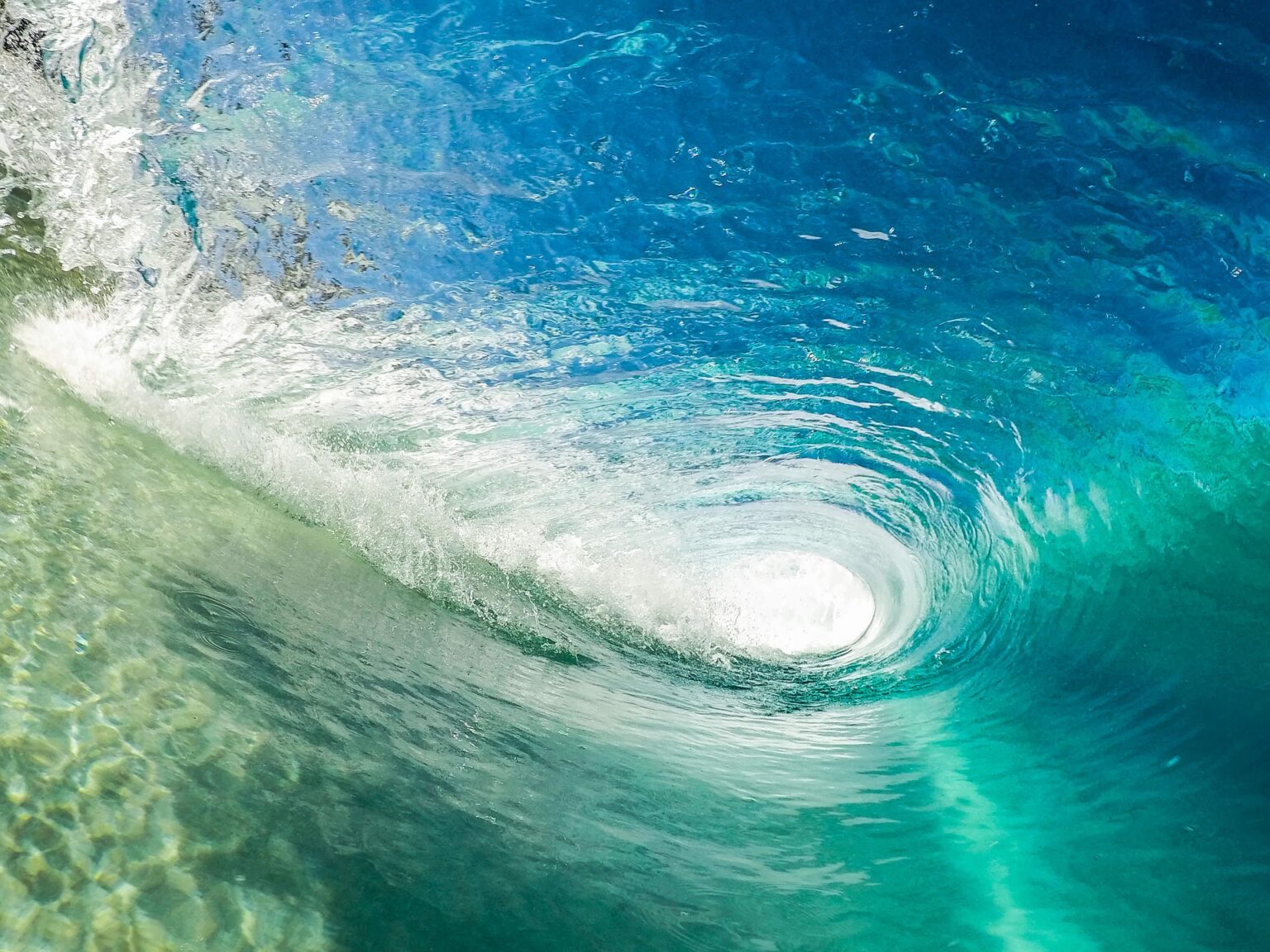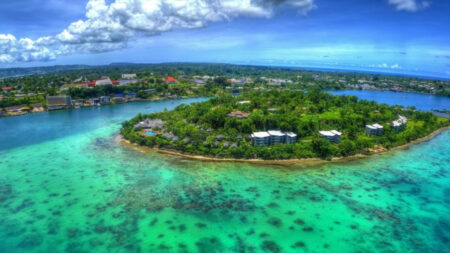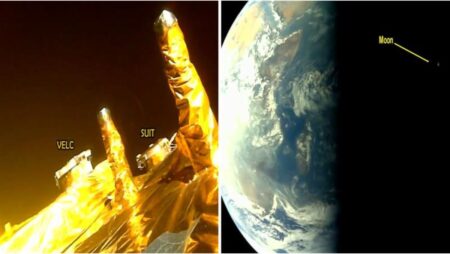Ocean vortexes, more commonly known as whirlpools or eddies are strong circular currents of water. While whirlpools are the feeble ones, eddies or vortexes are powerful formations in the oceans. The ocean vortexes are particularly caused due to the downdraft movement of air currents or tides in the ocean.
One of the biggest whirlpools ever tracked from the satellite is the Great Whirl which is if not less, then of approximate perimeter as that of Colorado, forms every year near the coast of Somalia. It is recorded to reach an area of up to 275,000 square kilometers when it reaches its mightiest strengths. It is also one of the drivers of monsoon in India. The prediction of the formation of the Great Whirl can lead to weather forecasting for delay or early onset of monsoon for Indian states. By connecting these two links, scientists aim at deducing the strength of the monsoon which has so many socio-economic benefits and dependence in Indian states.
As mysterious as space is, oceans are nonetheless. These ocean vortices are drawn in similar comparison to black holes present in space by some scientists. Although these powerful vortexes could ruin anything that comes in its reach, it does not however appear black, and escaping through it could certainly be avoided by a huge margin than escaping from a black hole.
How can Vortexes help in Climate Mitigation?
More than appearing fearsome, the ocean vortexes are a way of transportation to many sea-dwelling creatures. Moreover, many items like oil spillage, plastics, and others including heat and dissolved carbon dioxide could also get transferred at intense rates. This is what intrigues scientists- to study how heat and dissolved carbon dioxide could be dissipated through ocean eddies. As they carry heat in and around the oceans, the water eddies are also sometimes called ‘weather of the oceans’.
Two researchers, George Haller and Francisco Beron-Vera studied these ocean vortexes and brought about an interesting conclusion. They discovered a group of seven large ocean vortexes in south of Africa, which were in a coherent manner able to transport the same amount of water for an entire year without leakage. They named these groups of eddies as Agulhas Rings.
Through the research findings of George Haller and Francisco Beron-Vera, scientists are now interested in studying how through the power and capacity of ocean vortexes, abnormal rise in climate temperatures could be regulated. Another researcher, Josefina Olascoaga found a vortex in the Gulf of Mexico. She is studying how to use the properties of a vortex to reduce or transport the oil spillage contamination that occurs in large water bodies.
On a different note, the ocean eddies might also be responsible for sea level rise. In many different climate models, it was predicted that eddies could be a key to either rise in sea-levels or fall in sea-levels. This depends on whether or not the ocean vortexes project warm water towards ice-shelves or keeps it away from it. The study was reportedly published in Science Advances.













